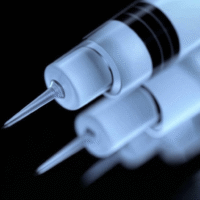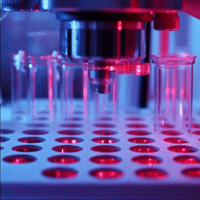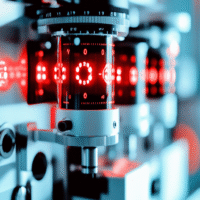Acute Hypoalgesic and Neurophysiological Responses to Lower-Limb Ischaemic Preconditioning
Study Overview
This study aimed to find out if ischaemic preconditioning (IPC) can help reduce pain and improve muscle response during voluntary movements. Healthy participants took part in three sessions after getting familiar with the procedures.
Key Findings
- Pain Threshold Improvement: After IPC, the pressure pain threshold (PPT) in the right leg increased by 10% compared to a sham treatment.
- Remote Effects: The PPT in the opposite leg also showed a 9.5% increase after IPC.
- No Change in Muscle Force: There were no significant differences in maximum voluntary force or muscle activation between the different treatments.
- Corticospinal Measures: No significant changes in corticospinal excitability or inhibition were observed.
- Pain Response: The pain intensity and duration from a saline injection were similar across all conditions.
Conclusion
IPC can lower pain sensitivity in specific and distant areas but does not affect muscle excitability or inhibition.
Importance of Clinical Trials
Clinical trials are essential for developing safe and effective treatments. It’s crucial to incorporate their findings into everyday medical practice.
Introducing DocSym
DocSym is an AI-driven platform that combines ICD-11 standards, clinical protocols, and research into a single, user-friendly resource for healthcare professionals.
Streamlining Healthcare Operations
In today’s healthcare landscape, efficiency is vital. Our mobile apps assist with:
- Scheduling: Organize appointments easily.
- Monitoring Treatments: Keep track of patient progress.
- Telemedicine: Expand digital healthcare services.
Enhancing Patient Outcomes
By leveraging AI, clinics can improve workflows, enhance patient outcomes, and reduce reliance on paper processes. Discover more about our solutions at aidevmd.com.





























